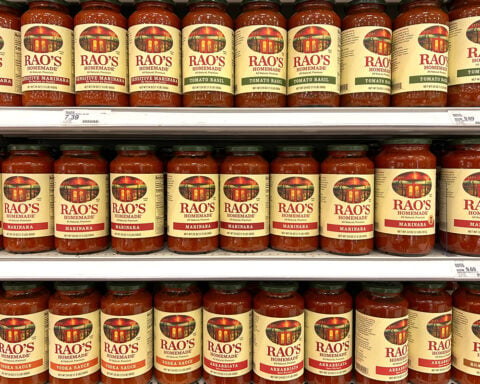CVS is ushering in a significant change in pricing prescription drugs, aiming to simplify and add transparency to the process. This initiative, announced Tuesday, will reshape how CVS reimburses pharmacies for prescription medications, potentially altering what consumers pay for their drugs.
The current model, heavily influenced by pharmacy benefit managers (PBMs), involves complex reimbursement formulas not directly tied to the actual cost of drugs. PBMs negotiate rebates from drug manufacturers to insurers, creating a convoluted pricing structure. The new CVS CostVantage model, slated for launch in 2025 for commercial payors, proposes a more straightforward formula. It factors in the drug’s cost, a set markup, and a fee, streamlining the price and reimbursement process with PBMs.
However, this change doesn’t guarantee uniformly lower drug prices. According to CVS executives, while some medications might become cheaper, others could see a price increase. The expectation is that more drugs will decrease in price, benefiting consumers, employers, and health insurers.
Prem Shah, co-president of CVS Pharmacy and chief pharmacy officer at CVS Health, emphasized the model’s focus on transparency and sustainability. “We are leading with an approach that will shift how our retail pharmacy is compensated by implementing a more transparent and sustainable model that fairly aligns pharmacy reimbursement to the quality services we provide,” Shah stated.
This move comes amidst a broader upheaval in the prescription drug pricing landscape, driven by Americans’ concerns over high medication costs and opaque pricing mechanisms. Congress is also taking note, considering several bills to increase pricing transparency.
CVS Caremark experienced a setback when Blue Shield of California, a major health insurer, ceased using CVS as its PBM. Instead, they opted for partnerships, including Amazon Pharmacy and Mark Cuban Cost Plus Drug Company, both proponents of transparent pricing models similar to CVS’s new approach.
The CVS CostVantage system represents a significant step in addressing the complex issue of prescription drug pricing, offering a glimpse of potential industry-wide shifts towards greater transparency and fairness in drug costs.
As CVS sets a new course with its innovative pricing model, it addresses a critical pain point for American healthcare consumers. It signals a potential paradigm shift in the pharmaceutical industry. The balance of affordability and transparency in drug pricing is a complex challenge. Still, CVS’s initiative might pave the way for a more equitable and transparent system, impacting millions of lives and potentially inspiring similar moves across the sector.







